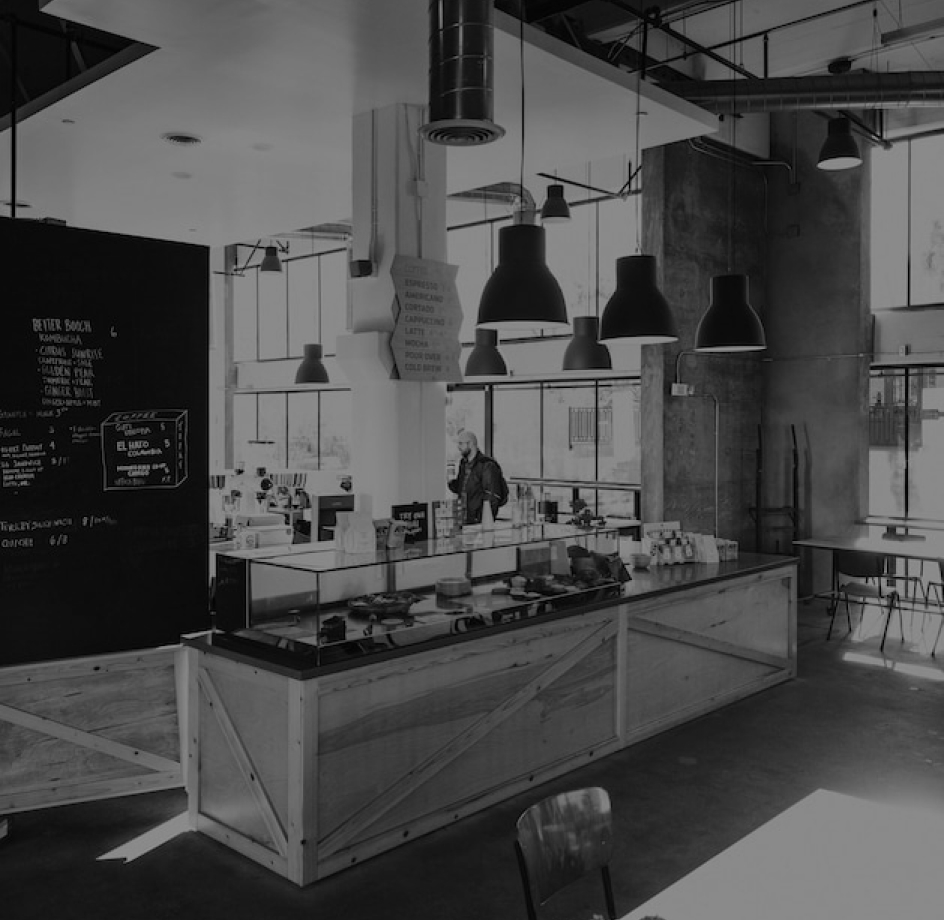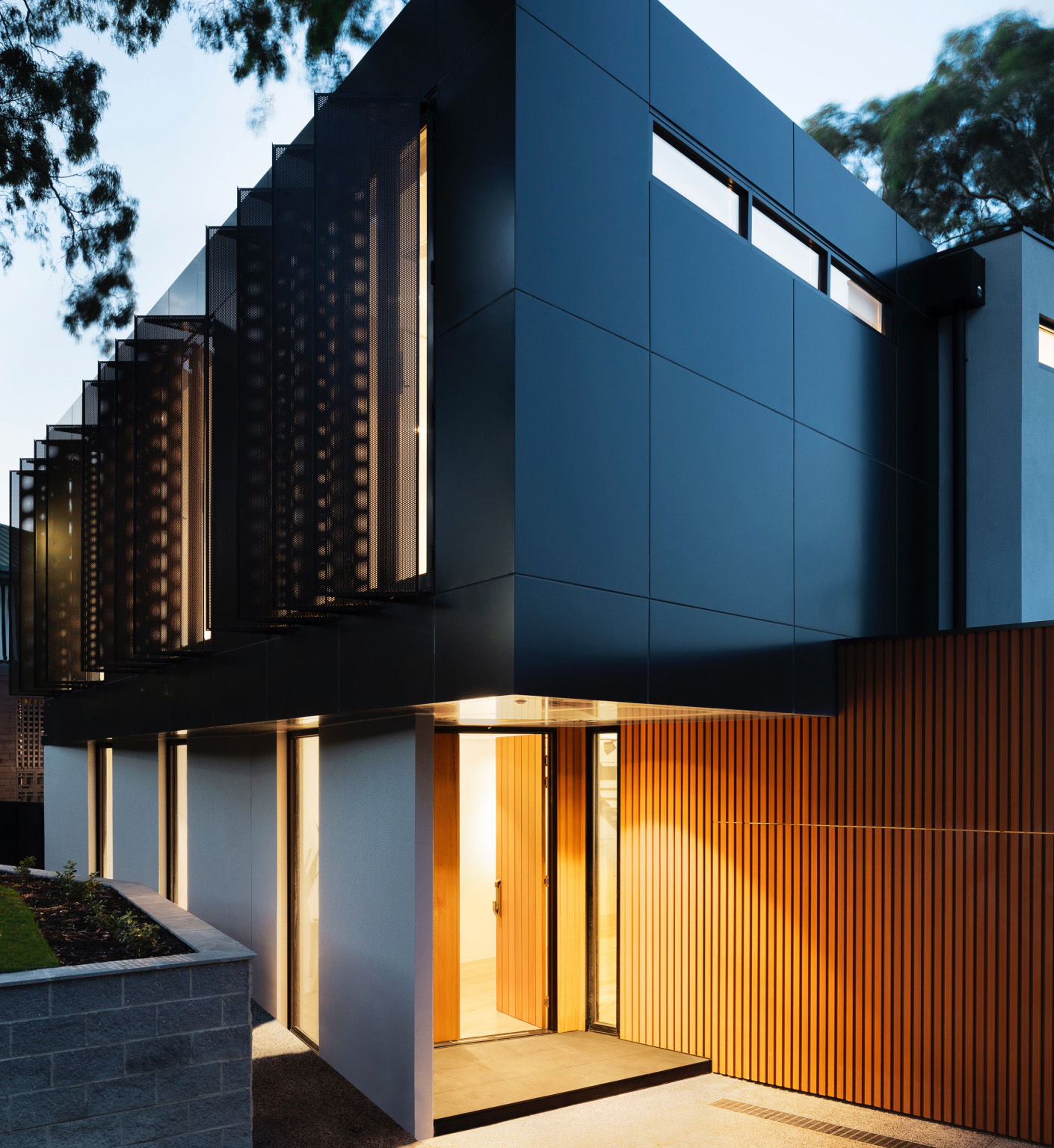Aesthetic Electrics offers specialized electrical services for multi-unit residential buildings and high-density developments, with a focus on meeting time constraints, budgetary requirements, and consulting with builders. Our experienced electricians are skilled in managing large-scale electrical installations, working closely with builders to ensure coordination with other construction activities and timely completion.
We provide cost-effective solutions tailored to the project's budget, with access to high-quality electrical products at competitive prices. Our team of experts also ensures that our electrical installations are seamlessly integrated into the development's overall design and functionality. We are committed to exceeding our clients' expectations by delivering projects on time, on budget, and to the highest quality standards, while maintaining a strong focus on collaboration, safety and communication with builders and project managers.




This is a point of confusion for many clients we have worked with, as the process has not been clearly defined on previous projects. The process is as follows in the ACT:
It is a common misconception that an electrician should be engaged when cables are ready to be run throughout your desired space. Often it is best to be in touch with your electrician during the design phase, as they know where common pitfalls occur in poor planning not just with the electrical package, but with liaising with other trades such as plumbers, joiners, etc. Common issues that arise may be: